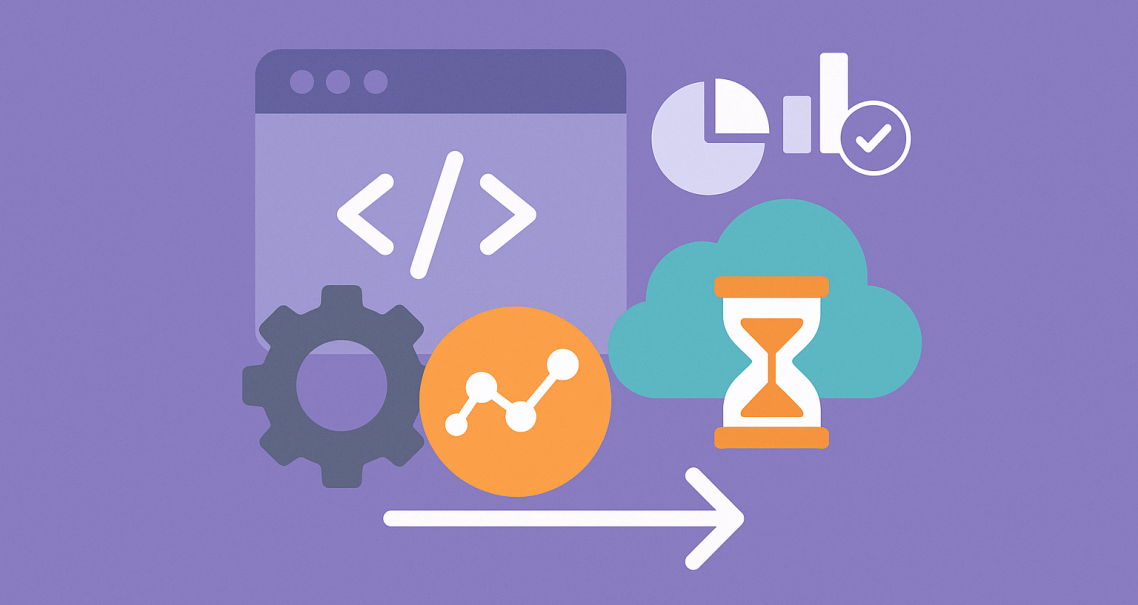
Third-Party Scripts: Minimizing the Damage
A fast WordPress site can be undone by something many site owners overlook: third-party scripts. Analytics trackers, chat widgets, advertising networks, and social embeds often load extra JavaScript that slows pages down. While some of these tools are essential, many add more weight than value.
The good news is that you don’t have to give them up completely. With smart loading strategies, you can keep the functionality you need while minimizing the performance cost.
The Hidden Cost of Third-Party Scripts
Every third-party script introduces additional requests. For example:
-
Google Tag Manager adds multiple tracking scripts.
-
Analytics tools like GA4 or Facebook Pixel inject JavaScript that runs on every page.
-
Chat widgets load iframes and tracking code.
-
Ad networks can insert dynamic content that shifts layouts.
Each script adds time to rendering and increases Interaction to Next Paint (INP). Ad scripts, in particular, can hurt Cumulative Layout Shift (CLS) by making elements move around when loading.
Strategies to Reduce Impact
The goal isn’t to eliminate all third-party code, but to manage how and when it runs.
- Delay or Defer Loading
Scripts don’t all need to run immediately. You can:
-
Defer analytics until after a user interacts with the page.
-
Use tools like Perfmatters or Flying Scripts to delay execution.
-
Add a short delay (e.g., 3–5 seconds) before firing marketing tags.
This keeps the page interactive and fast while still collecting data.
- Local Hosting of Assets
Instead of loading assets from external servers, you can host them locally:
-
Download and serve Google Fonts from your server.
-
Host analytics scripts locally using Stape.io or similar solutions.
-
Reduce DNS lookups and gain more control over caching.
- Use Server-Side Tag Managers
Platforms like Cloudflare Zaraz allow you to run analytics and marketing scripts on the edge rather than the browser. This reduces client-side JavaScript while keeping tracking accurate.
- Lazy Loading Ads and Embeds
If your site runs ads, avoid loading them all at once. Instead:
-
Load ad slots only when they come into view.
-
Reserve space with placeholders to prevent layout shifts.
-
Consider server-side ad insertion if available.
This approach keeps your above-the-fold content fast while still monetizing the page.
Auditing Your Current Scripts
Before optimizing, take stock of what you’re actually running.
-
Open Chrome DevTools → Network tab to see all requests.
-
Check for duplicates, unused scripts, or old tracking codes.
-
Identify scripts loading on every page when they’re only needed in specific areas.
You may be surprised at how many scripts remain after campaigns end or plugins are deactivated.
Balancing Performance and Business Needs
Not every script is expendable. Analytics helps you understand your audience. Pixels and tags power ad campaigns. Chat widgets may improve conversions. The trick is deciding what is essential.
Ask:
-
Does this script provide measurable value?
-
Can it be delayed without harming its purpose?
-
Is there a lighter alternative?
Often you’ll find that a smaller set of well-implemented scripts performs better than an overloaded stack.
A Checklist for Safer Use of Third-Party Scripts
-
Audit all scripts at least once a quarter.
-
Remove old or unused tracking codes.
-
Host fonts and analytics scripts locally where possible.
-
Defer or delay non-critical scripts.
-
Use placeholders to prevent layout shifts with ads.
-
Consider Cloudflare Zaraz or server-side GTM for heavy tracking setups.
Third-party scripts are one of the biggest culprits behind slow WordPress sites. They’re easy to add and easy to forget, but every one adds a performance cost.
By delaying, deferring, hosting locally, and auditing regularly, you can keep your site fast without sacrificing the functionality your business depends on. Less clutter means faster pages, smoother interactions, and happier visitors — and that balance is the key to long-term growth.



